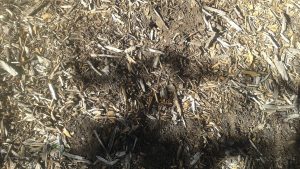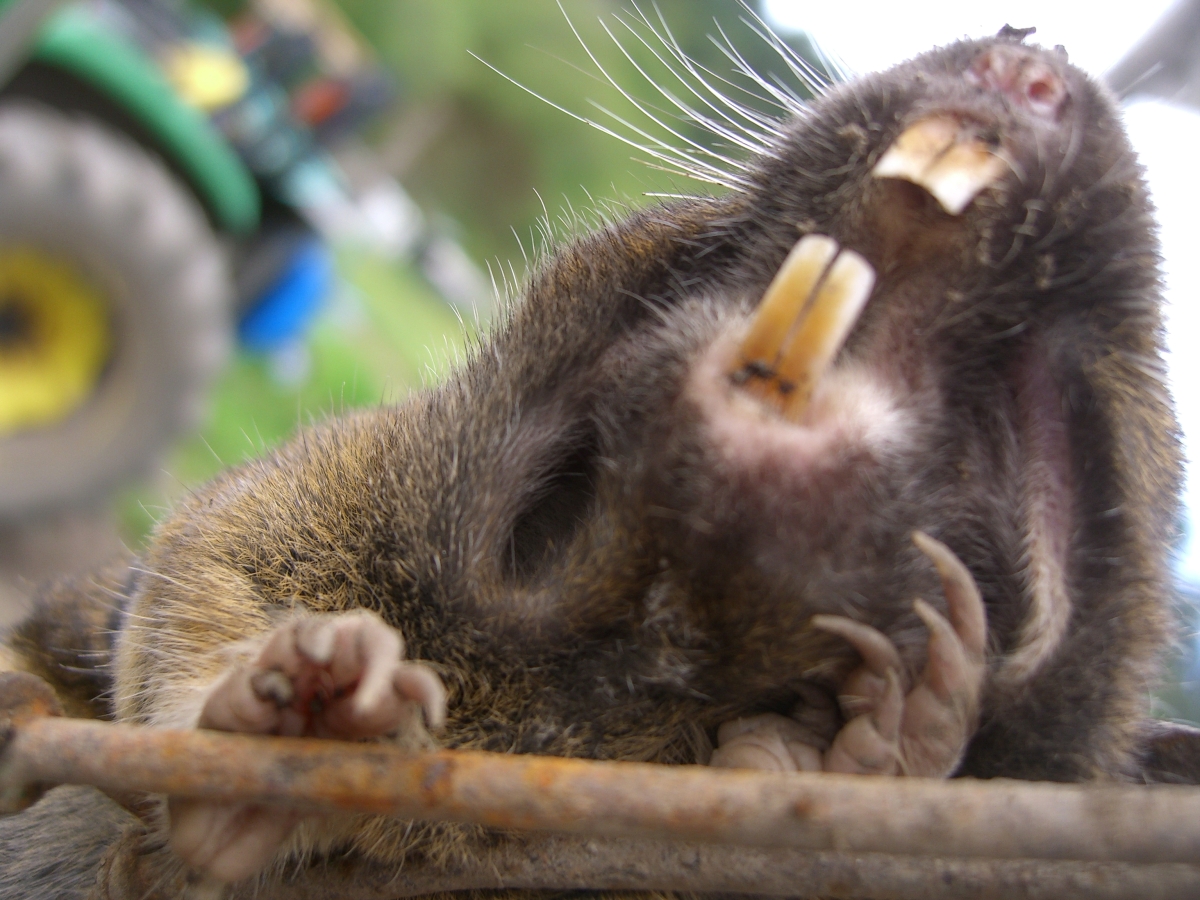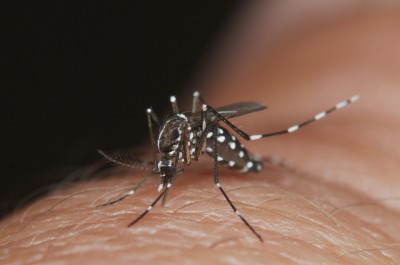The dirt mounds were not a good sign. That’s what Sheila Scott thought as she surveyed her Los Angeles yard. Five mounds with a plug off to the side marred the small patch of grass she had preserved, a notch in the hill 4 feet wide and 12 feet long, where she and her husband could lie on their backs and look at the stars.
In her native England, she knew to blame similar mounds on burrowing animals. In California she suspected gophers, mammals common enough that the state advises good ways to eliminate them. “These little buggers are a few of many!” Scott wrote on her ISeeChange observation, made in February. “Trapped after destroying plants in my garden and my tiny lawn!” And she hashtagged her observation with a guess as to why she’s seeing them: #nothingtodrink.
Not far away, Jim Hardie has noticed changes in gopher activity in recent years, and specifically, this March. Hardie is the manager of a park operated by TreePeople, a longstanding Los Angeles organization that aims for a more sustainable city.
He sent us a picture of gopher mounds. “They’re resorting to eating the roots of trees and plants here that they didn’t bother with in the past,” Hardie says. “Just this past week, they’ve left dozens of their tell-tale mounds under a carob tree by our offices as they burrowed beneath it, something they’ve not done to nearly this extent in the past.”

Their behavior doesn’t surprise Roger Baldwin, a University of California Cooperative Extension gopher specialist based at Davis. He says that gophers are very adaptable, particularly west of the Rockies, where they encounter a variety of soils and sediments. “There are certain soil types that they tend to prefer,” he says. “More friable, easier to dig through but not so sandy that the tunnels cave in.” Gophers rarely leave their tunnels and so their diet consists of eating plants, mostly from the roots, the juicier the better.
That makes irrigated crops and plants prime gopher habitat.
At TreePeople’s urban park, drought may be forcing gophers to seek out the irrigated spots, as Jim Hardie suspects. Baldwin agrees that’s possible. “Drier conditions can push [gophers] into more irrigated areas and maybe [agricultural] areas too,” he says. What Baldwin has seen gophers do firsthand has been pretty normal in recent years, with a caveat: “if there’s less foods out there because of drought, that probably pushes them into eating less desirable foods.”
The current drought likely is worsened by the combo of dry years and high temperatures, two phenomena more likely to coincide as a result of climate change.
And warming climate has given pocket gophers trouble in the past: specifically, over a thousand years ago, when a warming period slashed their numbers in half.
Stanford University’s Liz Hadly used bones unearthed in a cave in Yellowstone National Park to study gopher DNA over a period of three thousand years. She found that during the Medieval Warm Period, starting in 850, gopher populations suffered. Because gophers live in relatively small communities – basically, alone, or with offspring, they were vulnerable to temperature shifts that depleted vegetation on which they fed. Isolated, and with less food, they reproduced less, and didn’t churn the gene pool as much when they did.
“The results of that study may not bode well for the little mammals as they adapt to a human-changed climate now, according to Hadly. “The more genetic diversity you can get, the better off you are for adaptation in the future,” she says.
The idea that climate change might eventually cut the gopher population would probably be welcome news to both farmers and Sheila Scott – but we’ve complicated landscapes plenty since the middle ages. Where gophers have thrived, people – and their irrigation practices – have helped.
To understand what happens in the future, we’ll have to observe not just how gophers behave, and where vegetation is. We’ll also have to observe our own decisions about where we irrigate, and how we cope with gophers.
That’s where you come in. Observe with us.
Photo via Flickr/benketaro




